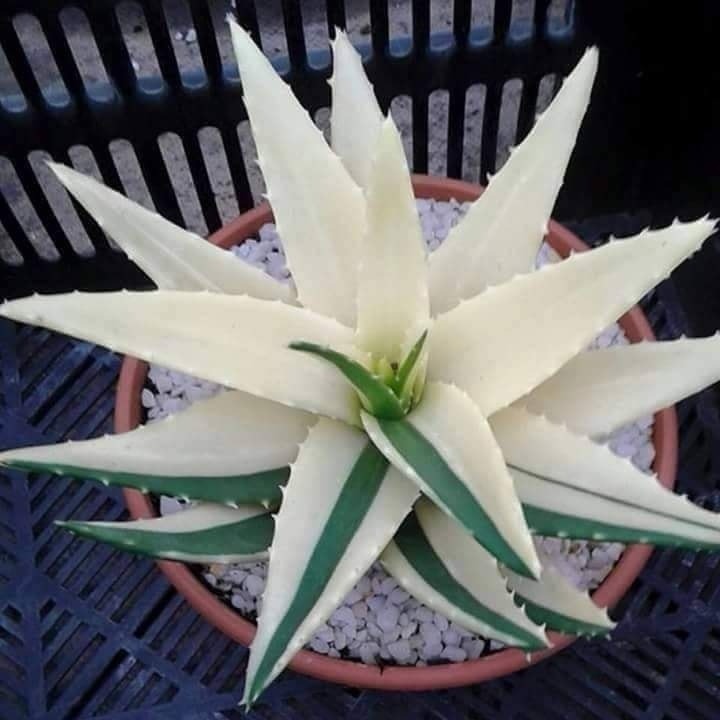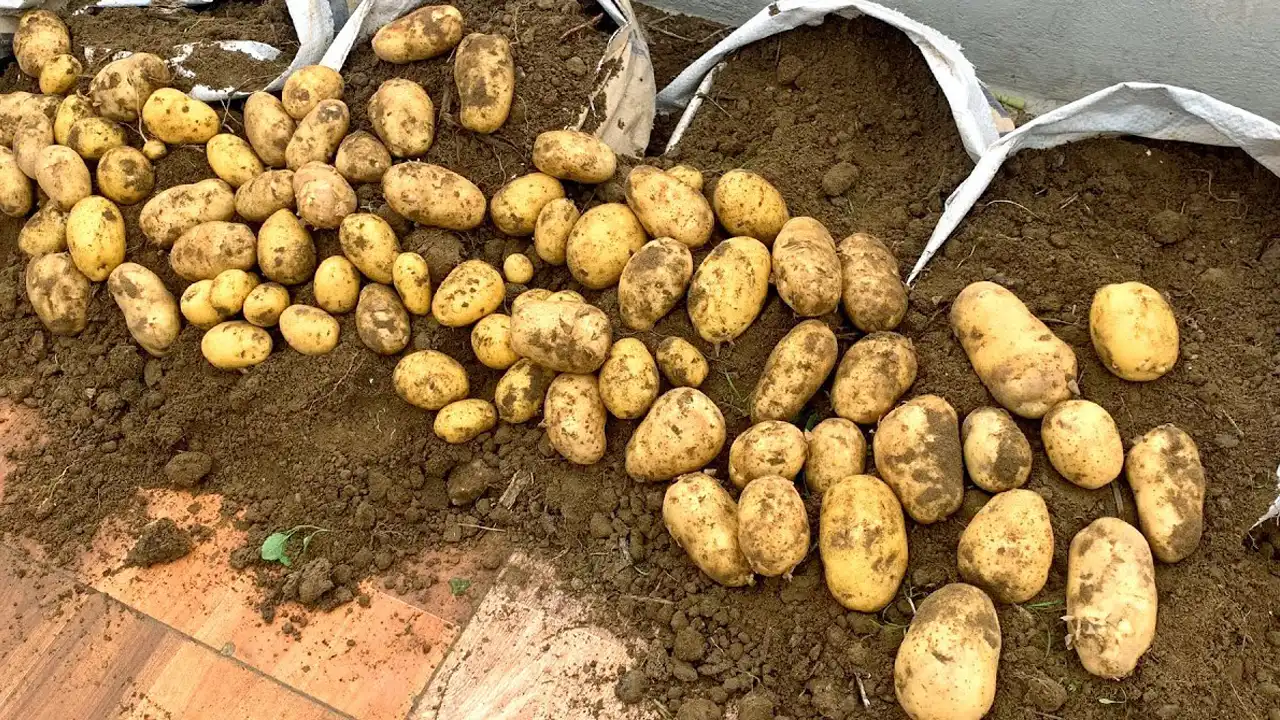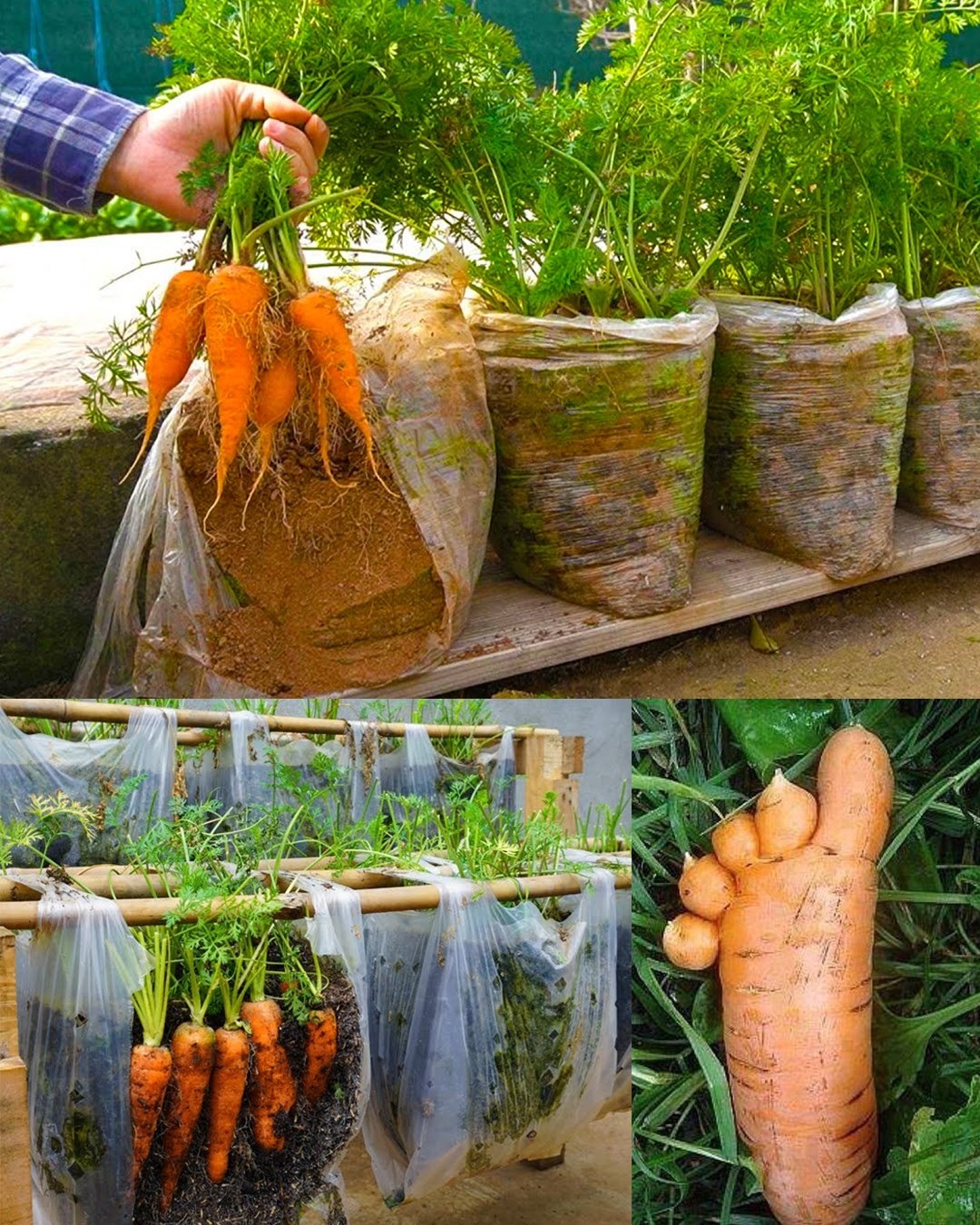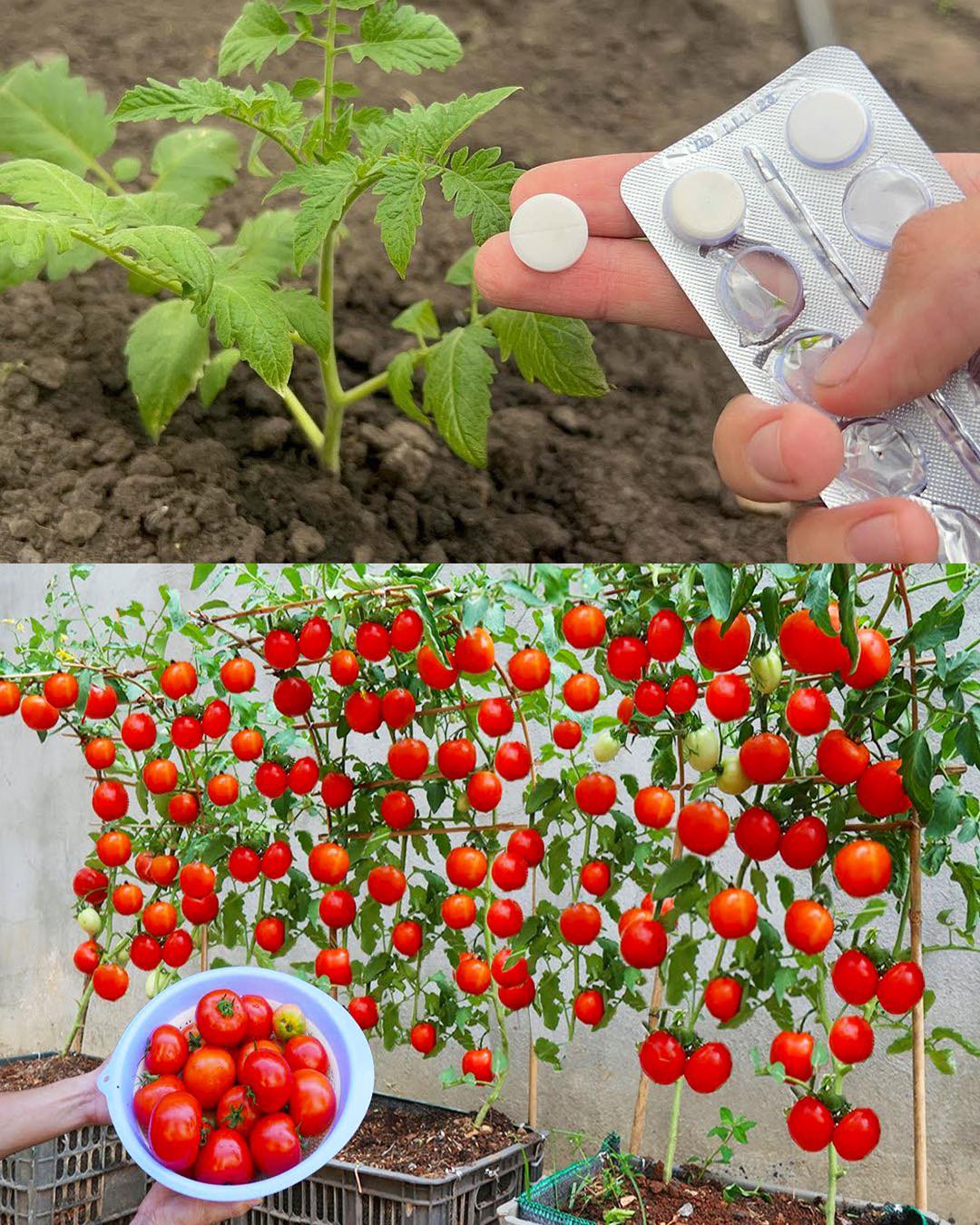Aloe Vera is renowned in the world of natural health and skin care for its healing, soothing and refreshing properties. The Egyptians even called Aloe “the plant of immortality”! Rich in nutrients, enzymes and antioxidants, aloe vera offers numerous benefits to humans when applied topically or ingested – including increased hydration, digestion, cell regeneration, wound healing and more. So what if I told you that aloe vera also provides many of these benefits to the plant? This is real! You can use Aloe Vera as a natural “fertilizer” to feed other plants!
Read on to learn how to make homemade fertilizer using aloe vera. We cover the benefits of aloe vera and how to use it in your garden as a soil watering or foliar spray. You can even use it for houseplants! Homemade aloe vera fertilizer can be made quickly and easily using fresh aloe vera leaves or aloe vera powder. The result is a gentle yet effective superfood solution that your plants will love.
Benefits of Using Aloe Vera as Fertilizer

Aloe vera (A. barbadensis) is absolutely nutritious. Research shows that Aloe Vera contains over 75 beneficial compounds including amino acids, antioxidants, complex carbohydrates, calcium, magnesium, zinc, vitamins A, C, E, B and more. When mixed into a homemade fertilizer, your plants get a gentle yet powerful nutrient boost. Aloe vera fertilizer can promote seed germination and rapid root development, improve cell strength, and contribute to overall plant health, growth and vitality!
In fact, aloe vera is so good at promoting growth that it’s often used as a natural rooting hormone for helping plant cuttings to develop new roots. To use aloe vera as a rooting hormone, you can: 1) soak the cut stems in pure aloe vera gel and plant, 2) soak the cut stems in aloe vera fertilizer (which we will learn about today) for 6-12 hours before planting, Or 3) Soak potting soil/soil in aloe vera fertilizer.
Enhanced resilience

Aloe Vera also contains enzymes and phytohormones that help reduce transplant shock and increase plant resistance to drought, stress and disease. For example, the high levels of acemannan and saponins found in aloe both have antibacterial, antifungal, and antiviral properties. This helps protect the plant from harmful microorganisms, fungi, yeast, mold or pathogens such as rot.
Last but not least, the high content of salicylic acid naturally present in aloe vera plays a major role in its healing powers! You’ve probably heard of salicylic acid before; it’s often found in skincare products to help fight blemishes. Likewise, salicylic acid boosts plants’ immune systems (called the systemic immune response, or SAR), helping them fight off disease.
All of these combine to produce happier, healthier plants that are more resistant to disease, pest pressure, and environmental stressors such as transplants, drought, cold, heat, soil-borne pollutants, and more. Hardy plants require less fuss and frustration, so you’ll be happier too!
Using Aloe Vera Fertilizer in the Garden
1. What kind of aloe vera should we use as fertilizer? It is best to use Aloe Vera whenever possible; the only edible and most medicinal variety of Aloe Vera. This is the growth we show in this article. Although not edible, aloe vera has many medicinal properties and is often sold as a topical remedy for burns, insect bites and other skin conditions. It’s easy to confuse the two, so check out this guide to tell the difference. I suspect it’s okay to water plants with an A. chinesis solution, but I’d avoid spraying it on edible parts of plants.
How to Make and Use Aloe Vera Foliar Spray
Hybrid Foliar Spray
Just like a soil potion, you can make an aloe vera leaf spray using fresh aloe vera leaves, bottled pure gel, or powder mixed with water. Use the same dilution ratio: about ¼ cup of pure aloe vera gel, or 1/8 teaspoon of dried aloe vera powder per 1 gallon of water. We mix powder and water directly in the sprayer and shake vigorously to mix.
As you can imagine, using whole aloe leaves can easily clog sprayers. Therefore, it is necessary to remove the skin and use only the inner gel part of the sheet. Watch the video below to learn how to extract the gel from Aloe Vera leaves easily. Summary: Cut the ribs along the outer edge of the sheet, gently peel off the top (flatter) skin, and scoop out the inner clear gel. First mix the gel well with water in a blender (mix well!), then dilute with more water in a nebulizer as needed.
Application of Aloe Vera Foliar Spray
Foliar sprays (either kind) are best done in the early morning or in the evening after sunset. Avoid wetting the leaves when the plants are in direct sunlight, as this increases the risk of sunburn or burns to the leaves. Finally, give the sprayer full of aloe vera fertilizer a good shake – and it’s done! Wet the leaves thoroughly until they drip. Work hard to get the undersides of the leaves. Use weekly for plants you have special attention or monthly for general garden maintenance. You can also add some aloe vera powder to other foliar spray treatments such as B. when applying neem oil.

















